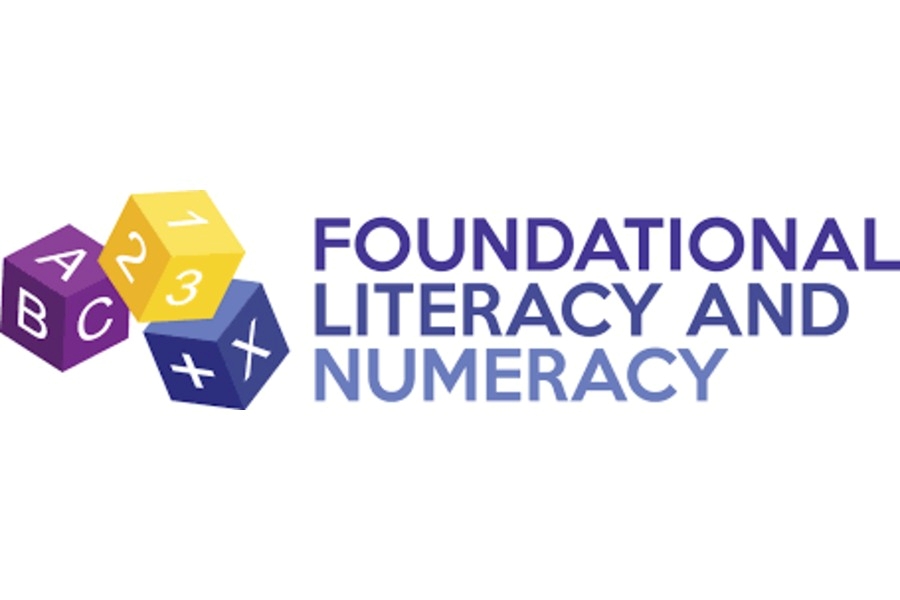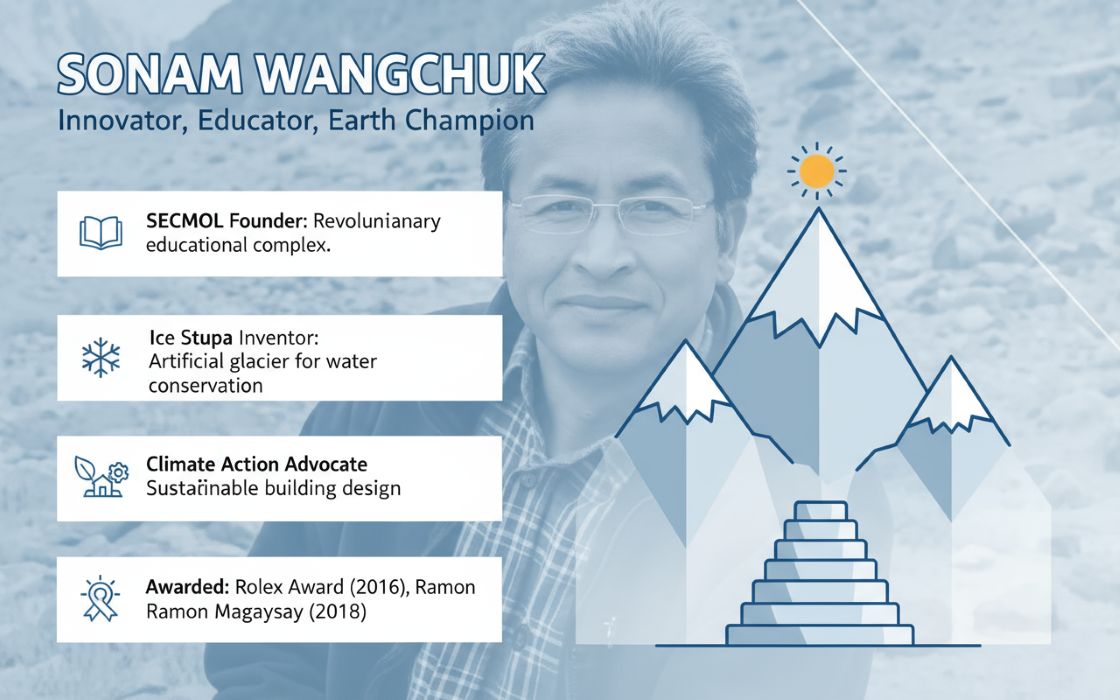Mizoram, June 26, 2025: In a compelling push for inclusive digital development, the Government of Mizoram has called on the Centre to rework the BharatNet framework to better align with the state’s geographical and infrastructural realities. Simultaneously, it has forged a strategic partnership with Microsoft to roll out Artificial Intelligence (AI) and digital skill courses under the tech giant’s Corporate Social Responsibility (CSR) initiatives—marking a significant step in the state’s digital journey.
Redefining Connectivity: BharatNet Through a Northeastern Lens
The demand for an amended BharatNet rollout was conveyed during high-level discussions with the Department of Telecommunications (DoT), where Mizoram officials underscored the implementation challenges of the existing model. Hilly terrain, dispersed settlements, and inadequate logistical support have long impeded the success of centrally designed connectivity schemes in India’s Northeast.
The state's leadership has urged the Centre to adopt a more context-sensitive approach—one that considers the topographical and socio-economic nuances of Mizoram. A revised strategy, they argue, is essential for achieving the objective of last-mile connectivity and unlocking the true potential of digital empowerment in rural and remote pockets.
This appeal reflects a broader trend of regional governments advocating for flexible, adaptive frameworks under national infrastructure schemes. In the case of BharatNet, whose pan-India ambitions are laudable, its efficacy in the Northeast may hinge on a recalibrated, ground-up deployment.
Microsoft CSR: Digital Literacy with a Future-Forward Focus
Complementing this infrastructural advocacy is Mizoram’s collaboration with Microsoft to promote AI literacy among students and youth through a robust CSR-backed training programme. The initiative is designed to introduce foundational digital and AI skills in schools and colleges—particularly in underserved communities.
Under this partnership, Microsoft will deploy its AI curriculum, tailored to local learning environments and aligned with the broader goals of India’s National Education Policy 2020. The curriculum includes modules on digital fluency, coding, and the ethical application of AI technologies—equipping students not only with theoretical knowledge but also with practical, industry-relevant skills.
This effort dovetails with Mizoram’s “Digital Mizoram” vision, and represents a model CSR intervention in regions often bypassed by mainstream technological investment.
Editorial Insight: Infrastructure and Skill—Two Sides of the Same Coin
What makes Mizoram’s approach noteworthy is its recognition of the interdependence between digital infrastructure and human capital. Connectivity without capability risks underutilization; conversely, skills without access render empowerment incomplete. By simultaneously addressing both these fronts—BharatNet and AI training—Mizoram is scripting a balanced digital development story.
The move also signals an evolution in how CSR is being leveraged—not just as a compliance measure, but as a strategic enabler of inclusive growth. Microsoft’s initiative reflects how technology companies can play a transformative role in shaping regional futures when CSR aligns with developmental priorities.
For CSR practitioners and policymakers alike, this is a case study in synergy—where public policy advocacy and corporate intervention are not running on parallel tracks, but are part of a unified strategy for digital inclusion.
Looking Ahead
If successful, Mizoram’s twin-track model could serve as a blueprint for other northeastern and hilly states facing similar infrastructural and educational deficits. It underscores the importance of region-specific adaptations within national programmes and demonstrates how CSR can be used to plug critical developmental gaps.
At a time when India is gearing up for an AI-led transformation, ensuring equitable access to both digital infrastructure and digital education is not just aspirational—it is imperative. Mizoram’s efforts may well set the precedent for what a truly inclusive digital India should look like.

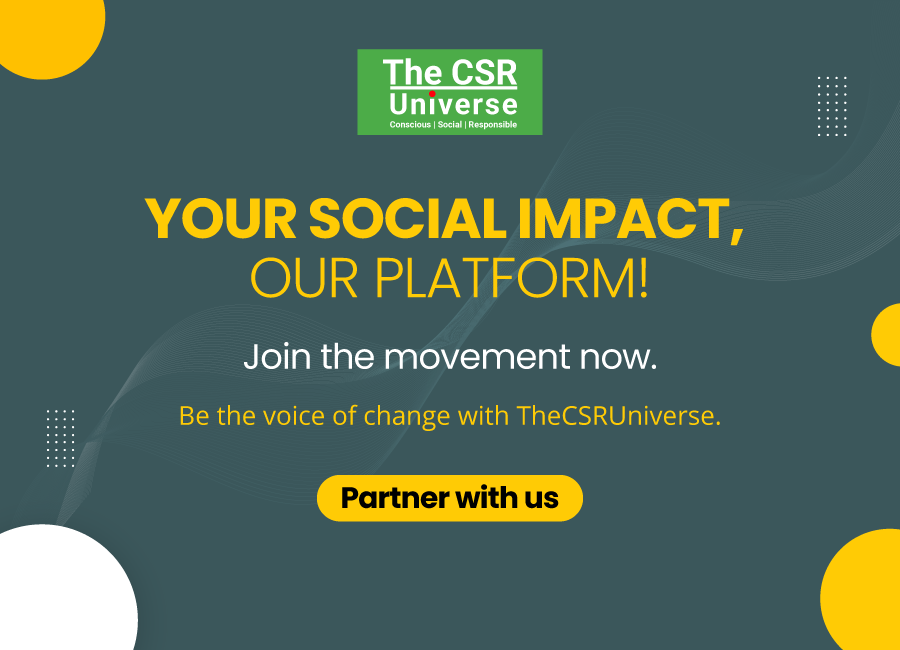

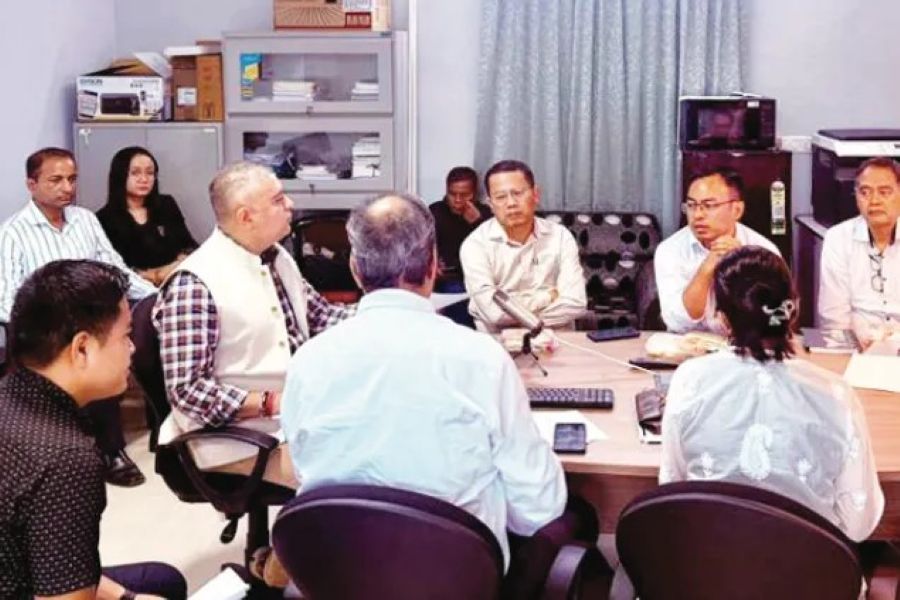
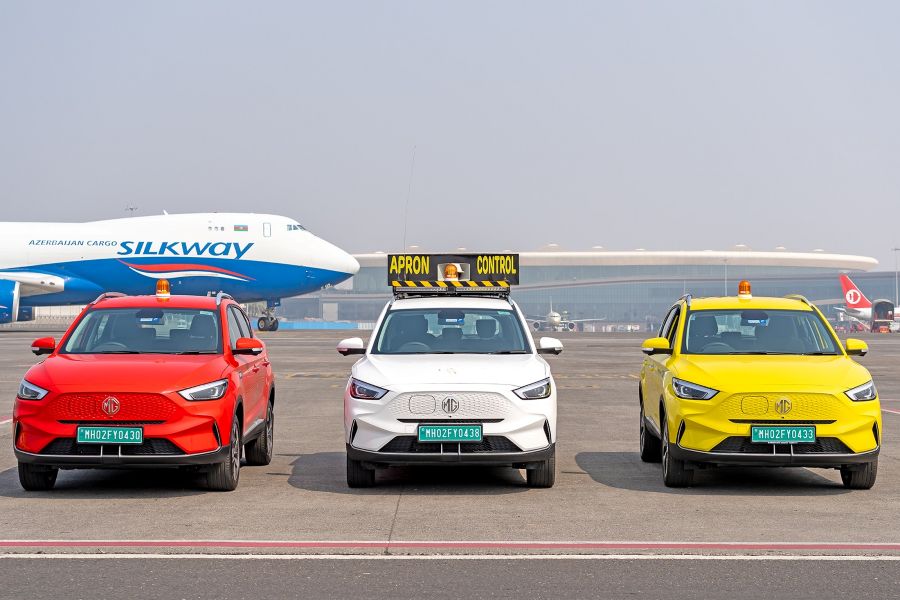

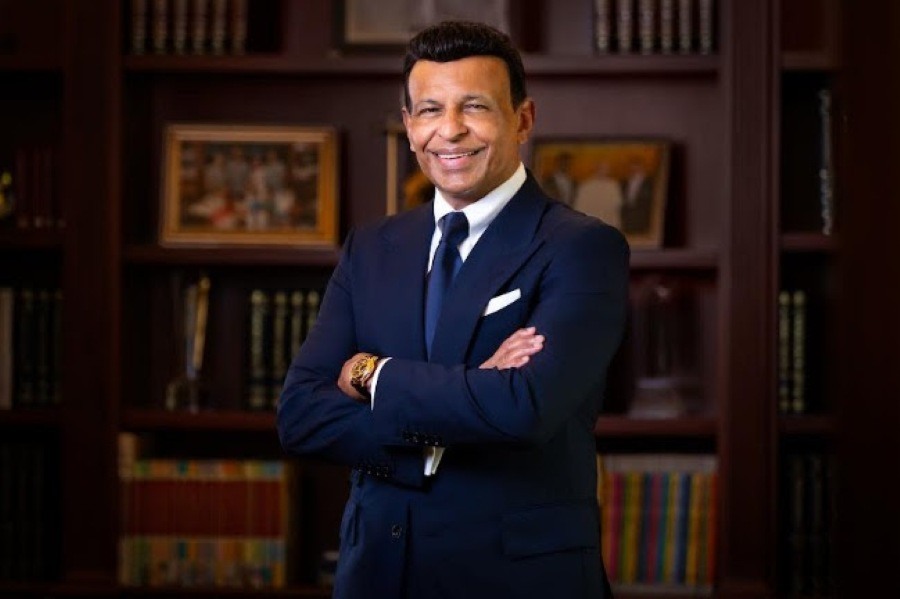
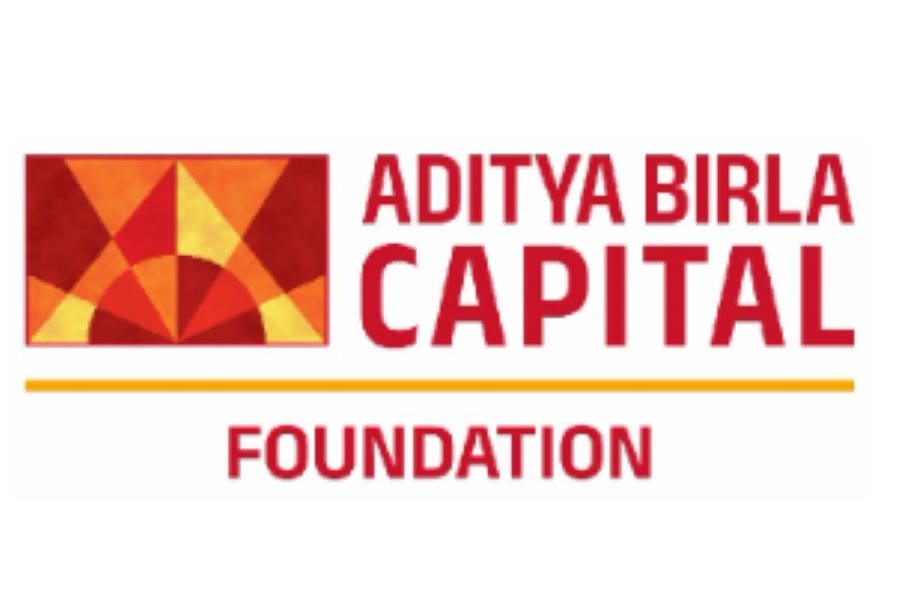

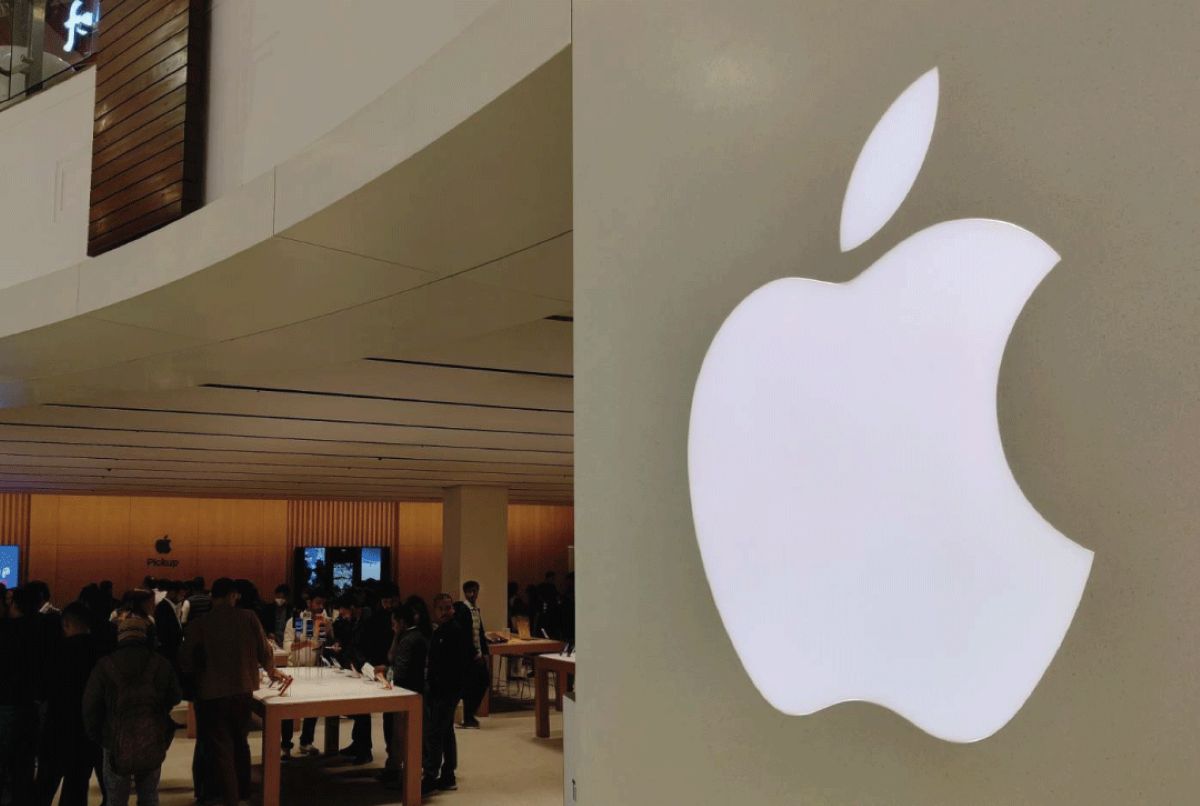

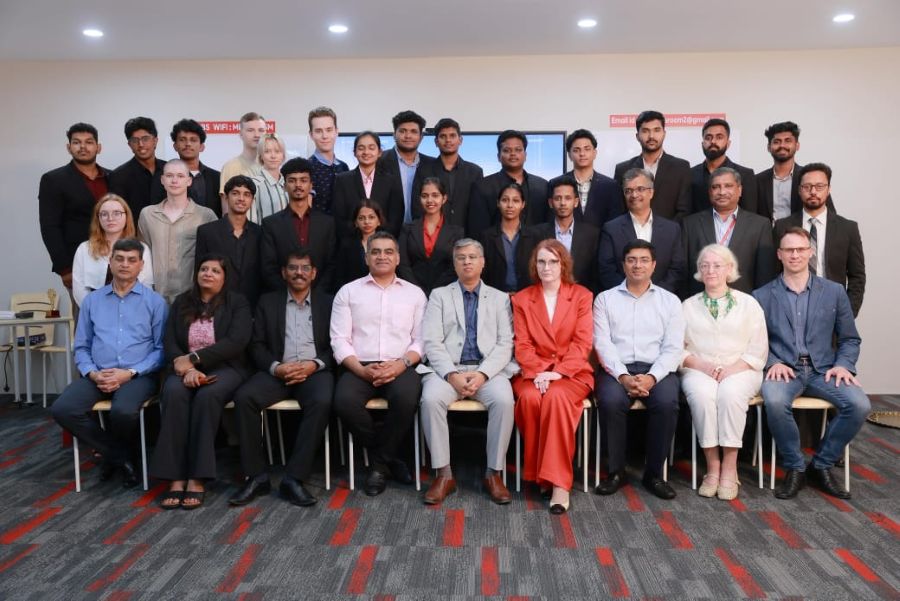
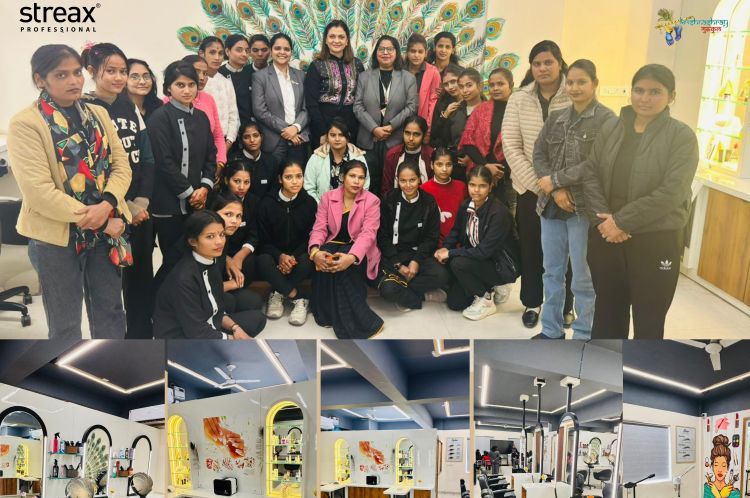
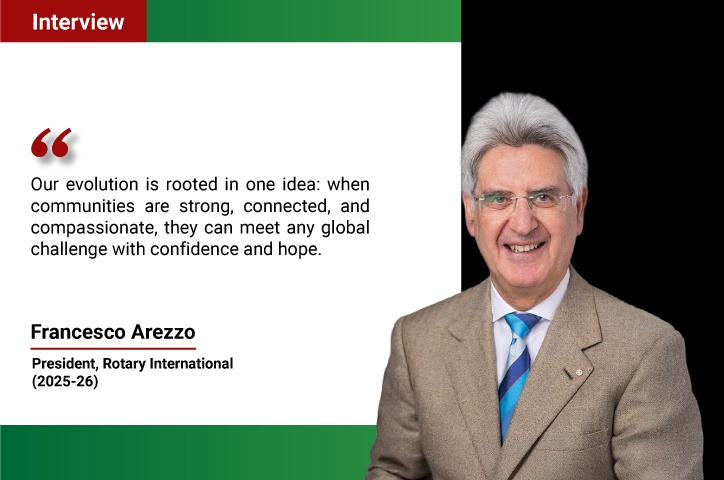
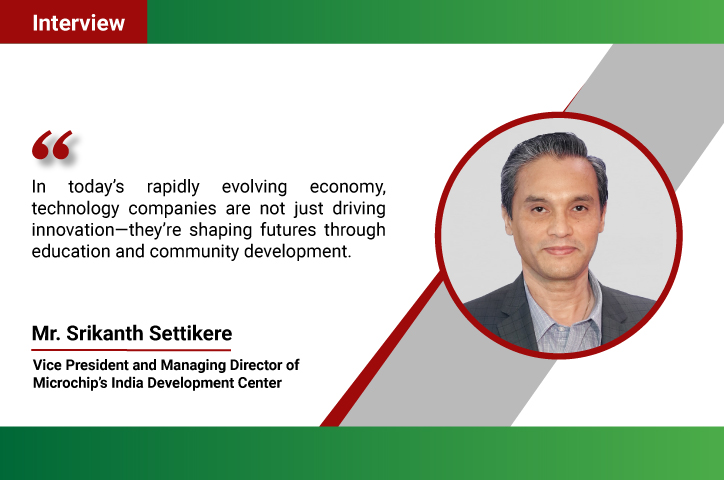
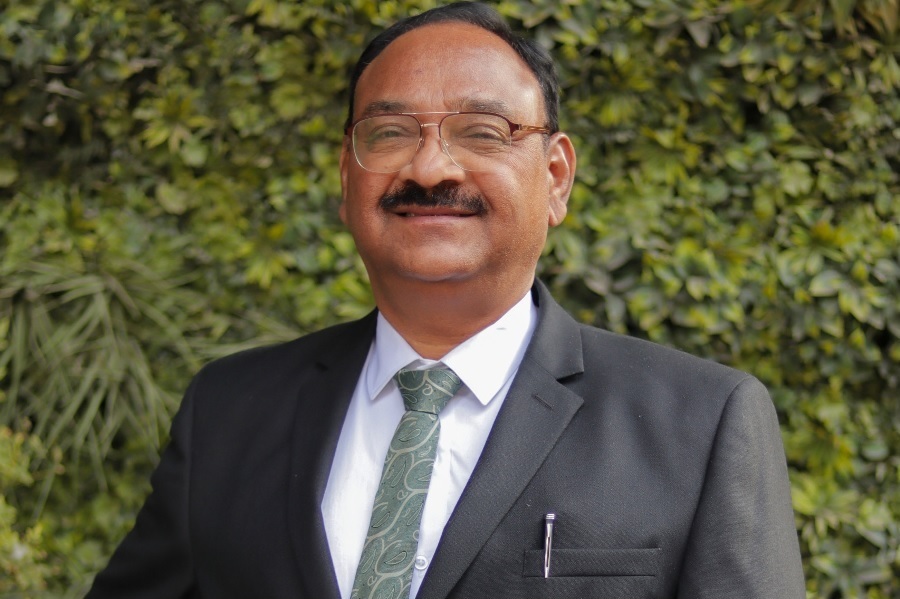
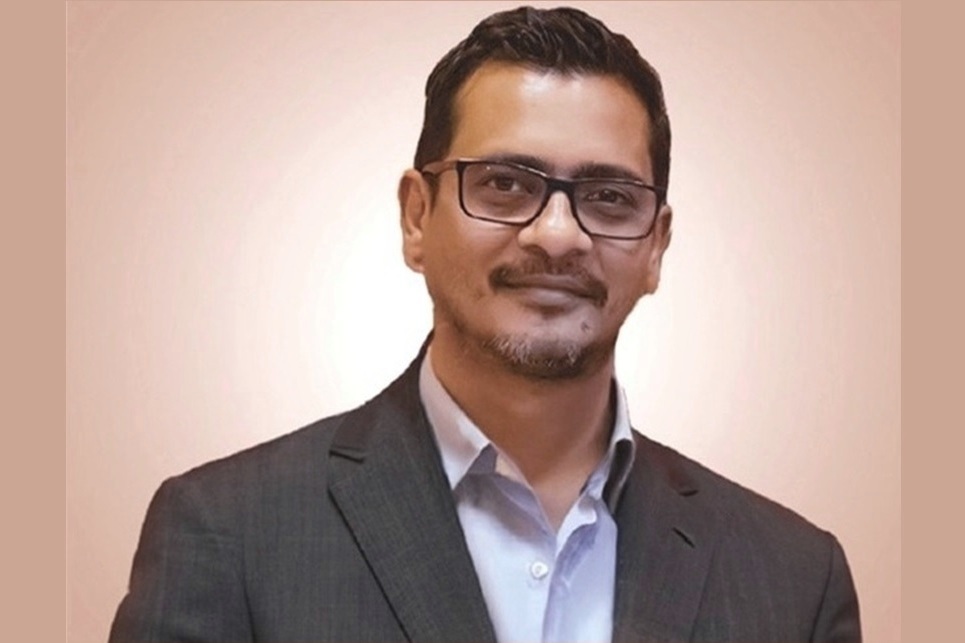
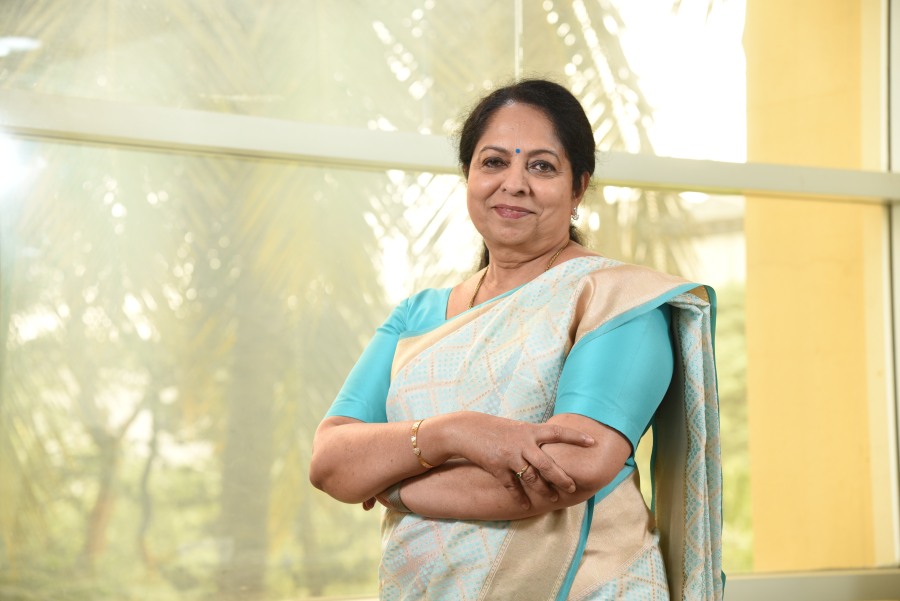
.jpg)
